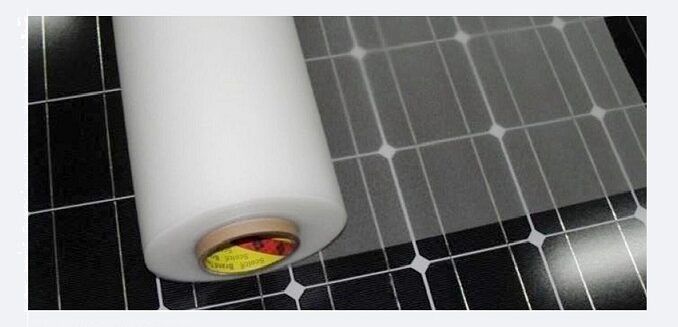
A Chinese-Australian research team use deep eutectic solvents (DESs) to separate ethylene vinyl acetate (EVA) adhesive films from end-of-life solar panels. The low cost method achieved a 100% EVA separation rate with an aluminum removal efficiency of 98.4%.
The team comprised scientists from Kunming University of Science and Technology, China and the University of New South Wales, Australia.
Abstract
From Chemical Engineering Journal, Vol 499, Nov 2024
Sustainable End-of-life (EOL) photovoltaic (PV) modules recycling is essential for achieving resource conservation and alleviating environmental issues.
Ethylene vinyle acetate (EVA) adhesive films separation is a prerequisite for the realization of valuable component recovery of PV modules. However, the conventional wet chemical separation processes are usually accompanied by the challenges of low separation efficiency, high toxicity and difficult multiple recycling.
In the process developed by the research team, a green, biodegradable, low-cost and recyclable deep eutectic solvent (DES) is firstly developed to efficiently separate EVA films in EOL PV modules. The high temperature stability and the acidic characteristic of DES can facilitate the separation of EVA film between component layers. At 175 ℃, the warping effect caused by the differential thermal contraction between the module component layers creates favorable conditions for the efficient reaction and separation by the DES. Additionally, the acidic medium reacts with the aluminum electrode layer of PV cells, which further enhances the separation efficiency of EVA films. The EVA separation rate reached 100%, the separation rate of the EVA containing aluminum (Al) up to 98.4% after 12.5 h at 175 ℃.
Moreover, the developed DES exhibits excellent recyclable performance, the EVA separation rate remained 100% after 10 cycles. Compared to the traditional solvent toluene, DES has advantages in terms of economics, environmental impact, and efficiency. This strategy designs a green, biodegradable, low-cost and recyclable solvent to replace traditional solvents, and provides a promising route to efficiently separate EVA films in EOL PV modules.
See: Chemical Engineering Journal, Vol 499, Nov 2024, Green recycling of end-of-life photovoltaic modules via Deep-Eutectic solvents.https://www.sciencedirect.com/…/abs/pii/S1385894724074242
Source: PV Magazine, Sep 27, 2024. https://www.pv-magazine.com/…/using-deep-eutectic…/